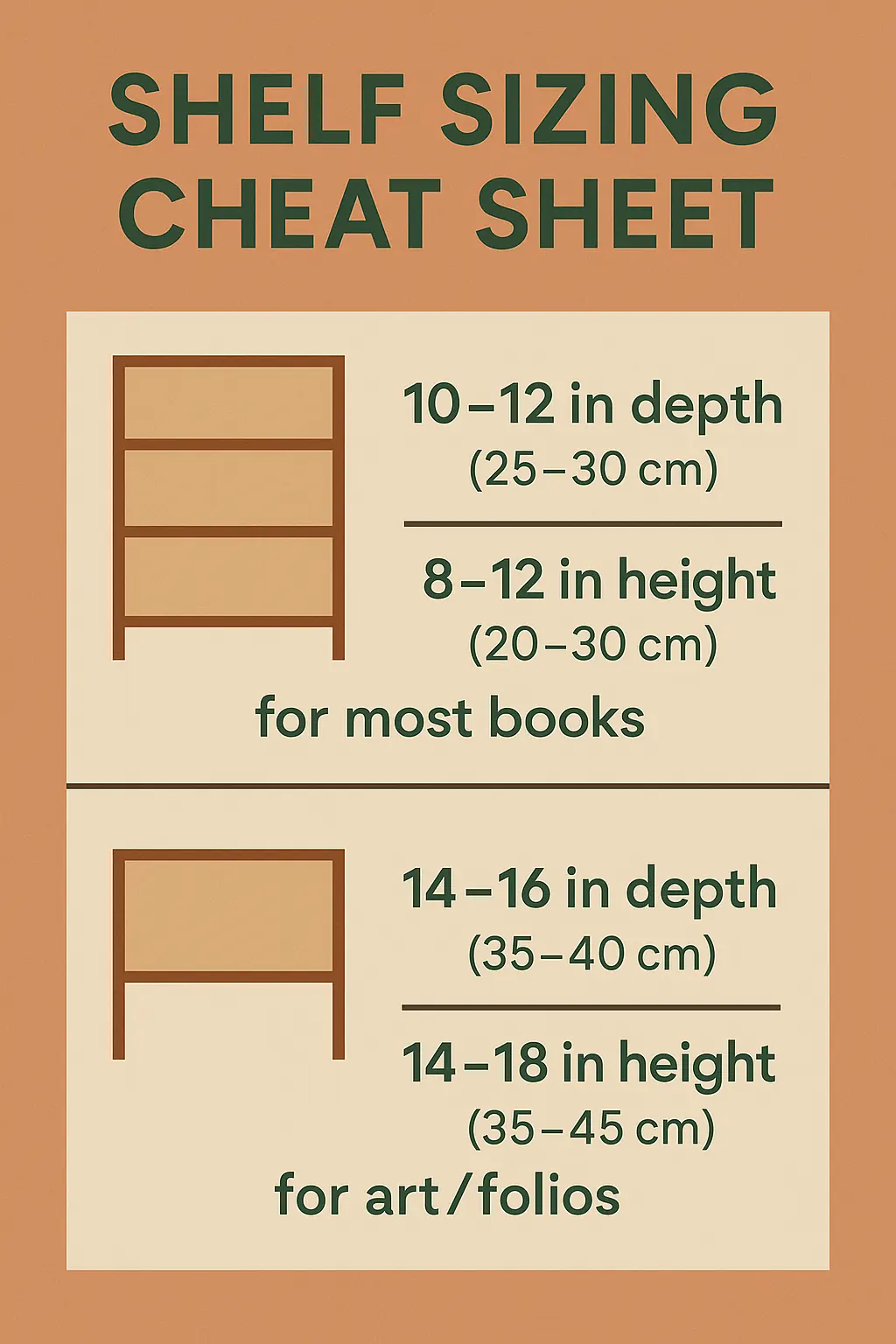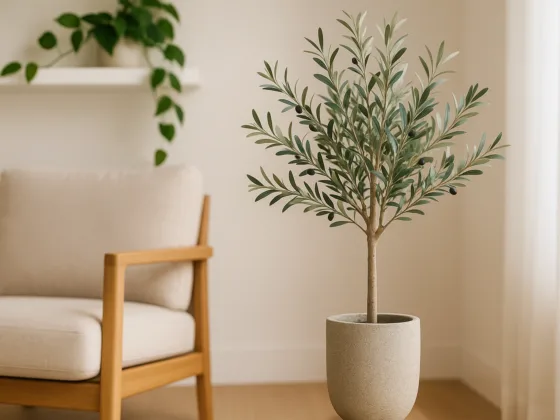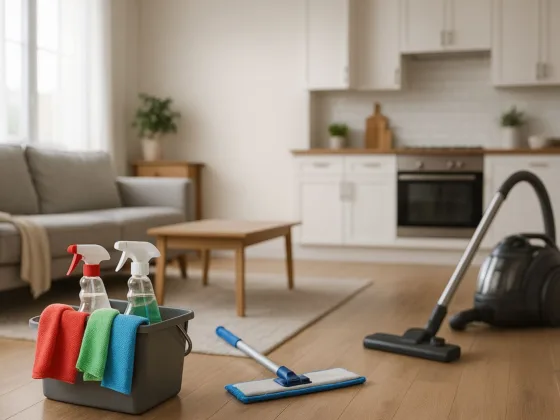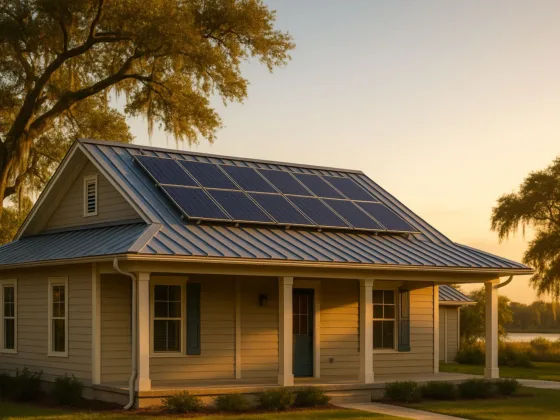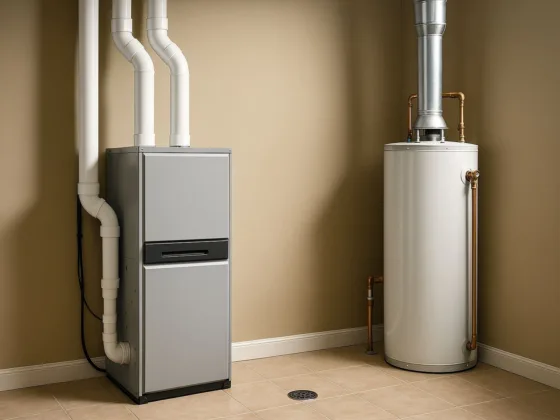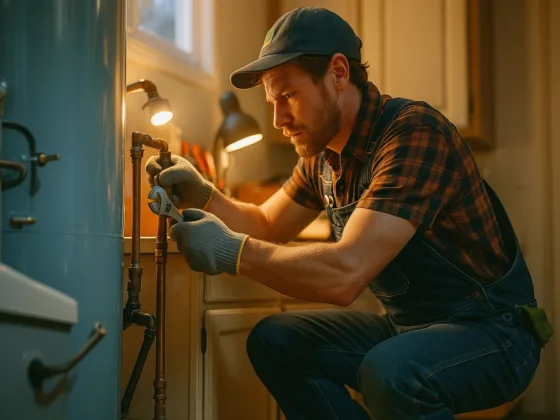Table of Contents Show
Last updated: September 12, 2025
Introduction
A home library isn’t just a wall of shelves—it’s a habit you can’t wait to come back to. If your books are living in random stacks, your chair never feels quite right, or the light always seems a little harsh, this guide fixes all that with simple, measurable specs you can follow in a weekend.
We’ll size shelves to real books (most people land at 10–12 inches deep), keep reading light around 300–500 lux, hold humidity near 30–50% RH, and anchor tall cases so nothing tips. Where it matters, we borrow from respected sources like the Library of Congress for preservation basics, then translate those principles into everyday decisions—lamp placement, shelf spacing, and where to put that chair.
Want the space to look good, too? Blend practical choices with easy wins: a supportive armchair from our tips in How to Choose Furniture for Your Home, warm ambient layers from Different Types of Ceiling Lights, and low-maintenance greenery from Artificial Plants. By the end, you’ll have a room that reads as well as it photographs.
Quick take:
Design a library you’ll actually use: choose a stable, low-glare spot; size shelves to your largest books; anchor tall cases; light pages to about 300–500 lux (task lighting); and keep home humidity roughly 30–50% RH so bindings age gracefully.
Step 1 — Choose the right spot (quiet, stable, low-glare)
Shortlist rooms or nooks where temperature and humidity don’t swing (avoid kitchens/baths and exterior-wall corners). Keep books out of direct sun—light damage is cumulative. The Library of Congress overview recommends minimizing light and aiming for cool, relatively dry storage.
Pro tip: If you love greenery in photos, place foliage beside shelves (not above) so watering never risks your spines. Or go faux—see our guide to artificial plants for low-maintenance styling ideas.
Step 2 — Measure once, design forever (a 10-minute plan)
- Map the wall: width × height; mark outlets, switches, and studs.
- Audit your biggest books: design to the deepest/tallest you own.
- Sketch budget & timeline (starter table below).
- Plan reach & seating: eye level for favorites; heavy folios waist-to-hip.
1-page budget & timeline (starter estimate)
| Item | DIY / Budget | Mid-range | Notes |
|---|---|---|---|
| Shelving (per wall meter) | $60–$120 | $250–$600 | Deeper or solid wood = more $ |
| Anti-tip anchors | $10–$25 | $25–$40 | One kit per tall unit (stud-mounted) |
| Task lamp + bulb | $30–$80 | $90–$180 | Aim ≈300–500 lux on page |
| Hygrometer | $10–$25 | — | Digital RH check |
| Catalog app | $0 | $5–$15/mo | Free is fine for most homes |
Step 3 — Shelving that doesn’t sag (and looks built-in)
For most collections, 10–12 in (≈25–30 cm) shelf depth is the sweet spot. Materials matter for sag: long MDF spans flex sooner than plywood or hardwood, so add center supports or shorten spans if you’re loading art books. See the practical This Old House guide on depth and material strength.
- Safety first: Tall bookcases must be anchored to studs using straps or L-brackets—quick, inexpensive, and strongly urged by the CPSC’s Anchor It! campaign.
- Spacing cheat sheet: General shelves 10–12 in deep with 8–12 in clear height; art/atlas 14–16 in deep with taller bays. A handy summary of spacing/strength is in BHG’s shelf standards.
Step 4 — Light that invites longer reading (not glare)
Aim for about 300–500 lux on the page (measured at book surface). That aligns with widely cited task-reading targets. The U.S. DOE summarizes IES classroom/task recommendations at 30–50 footcandles (≈300–500 lux)—a solid home reading benchmark; see DOE lighting spec guidance. Place a matte-shade desk/floor lamp just behind your shoulder and layer ambient light to reduce contrast. For ideas on ambience, see How to Set Up LED Lights in the Living Room.
Step 5 — Climate & preservation (the “silent” protector)
Keep humidity from creeping into mold territory and avoid bone-dry air that embrittles paper/leather. At home, aim roughly 30–50% RH and keep it below 60%. The EPA’s mold guide explains why that range deters mold, and the Library of Congress frames “cool and relatively dry” storage for books. A $15 digital hygrometer makes this effortless.
Step 6 — Catalog your collection (so you actually find stuff)
- Libib — generous free tier; quick barcode scanning and tags. Great for simple personal libraries.
- LibraryThing — library-grade metadata and series tracking; add TinyCat later if you want a lightweight lending/OPAC front end.
Create a few shelf labels (e.g., “Mystery A–L,” “Cookbooks—Baking”) and stick to one system—genre, author, or color—so muscle memory takes over.
Step 7 — Style, seating & acoustics (because you’ll linger longer)
- Seating: a supportive armchair + ottoman beats a deep sofa for long sessions; see how to choose furniture.
- Ambient glow: wall washers/picture lights add depth; see types of ceiling lights for options.
- Low-care greenery: keep watering cans away from spines—go faux with artificial plants.
- Sound: a rug + lined curtains + the bookcases themselves do most of the acoustic work; add a fabric pinboard if the room’s lively.
Step 8 — Maintenance & safety checklist (5 minutes a month)
- Dust tops/edges with a microfiber cloth; vacuum with a soft brush.
- Check anchors and adjustable shelf pins twice a year.
- Glance at your hygrometer seasonally; dehumidify or humidify as needed.
- Keep beverages on side tables, not shelves—spills run down spines.
Shelf sizing cheat sheet
- Paperbacks & trade hardbacks: 10–12 in deep, 8–10 in clear height.
- Art/atlas/folios: 14–16 in deep, 14–18 in clear height.
- Comfortable reach: favorites at eye/shoulder level when seated.
- Span control: shorten spans or add a center stile when loading heavy art books (see material/sag notes).
Small-space blueprints you can steal
- Hallway library: 10 in deep shelves, every other bay left open for display; a slim runner reduces echo.
- Stair landing: low, anchored units under the half-wall + a clip-on lamp at the newel post (anchor as per Anchor It!).
- Bedroom nook: blackout or lined drapery to kill morning glare; a warm-white reading lamp aimed past your shoulder (300–500 lux target from the DOE/IES brief).

FAQs
10–12 inches fits most hardcovers and paperbacks; design to your largest volumes and shorten spans for heavy art books.
Aim roughly 300–500 lux on the page using an adjustable lamp plus soft ambient fill to reduce glare and eye strain.
Ideally 30–50% RH, and keep it below 60% to deter mold; a digital hygrometer makes this easy to monitor.
Yes—anchor tall units to studs with straps or brackets to prevent dangerous tip-overs, especially in homes with kids or pets.
Start free with a barcode-scanning app; power users can switch to library-grade cataloging with optional lending.
Conclusion
Build the room once, enjoy it for years. If you remember nothing else, remember this five-point checklist:
(1) shelves sized to your largest books (10–12 in for most), (2) anchors into studs, (3) 300–500 lux on the page, (4) 30–50% RH (and below 60%), (5) a simple catalog so you can find what you love. For a quick preservation refresher, keep the LoC overview handy.
Next steps you can do today:
- Take ten minutes to measure the wall and your deepest book.
- Place a task lamp slightly behind your shoulder (details in How to Set Up LED Lights in the Living Room).
- Drop a $15 hygrometer on the shelf and note the RH.
- Install two anti-tip straps—done.
Save or pin the checklist image, and add the small-space layouts if you’re tight on square footage. When you’re ready for finishing touches, lean on those lighting and furniture guides above, and keep plants near—never above—your shelves. Your books (and future self) will thank you.
Reviewed for accuracy: DreamlandsDesign Editorial Team (building-science & interiors contributors).
Why trust this guide: We anchor preservation targets to the Library of Congress, humidity/mold prevention to the EPA, reading-light levels to DOE/IES guidance, safety to the CPSC, and shelf standards to This Old House and BHG.


